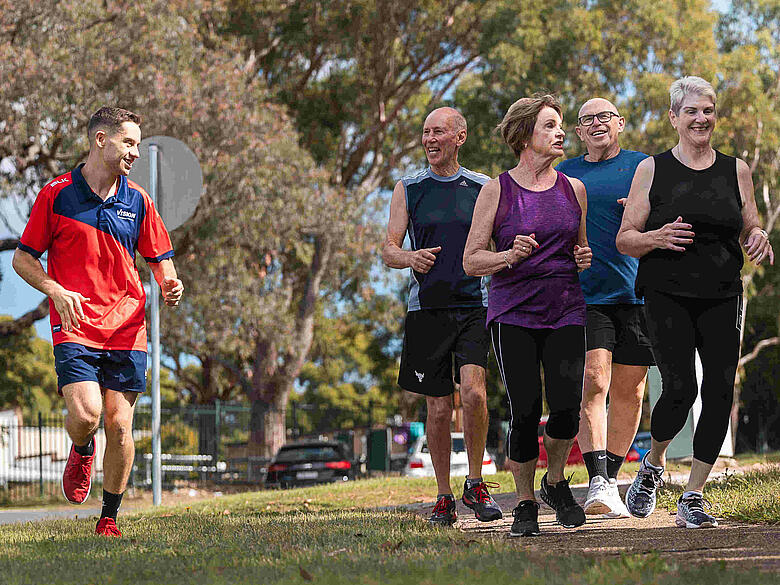To get the most out of your running ability, it is essential to follow a well-structured training plan that includes specific phases geared towards improving endurance, strength, and overall fitness.
In this article, we will look at five key phases that form the backbone of a running program: the Base Phase, Build Phase, Peak Phase, Taper Phase, and Recovery Phase. Understanding and implementing these will help you plan and execute your training and move you closer to achieving your running goals.
- Base Phase: Laying the Foundation for Success. The Base Phase marks the first stage of your training cycle. The primary focus is to establish a solid foundation of endurance fitness and build a strong aerobic base. During this phase, your training intensity is low, focusing on lower intensity, slower runs at a conversational pace. The goal is to enhance cardiovascular fitness, improve muscle strength, and dial in your running efficiency and form. The Base Phase sets the stage for the more demanding training to follow, so consistency and patience are key.
- Build Phase: Pushing Boundaries and Increasing Performance. After building a solid foundation in the Base Phase, we will move into the Build Phase. In this phase we will gradually increase the intensity and volume of training to further improve Endurance, Strength, and Speed. Here, sessions will start to become more challenging, bringing in tempo runs, interval training, and hill sessions. The focus is on increasing lactate threshold, VO2 max, Leg Strength and overall fitness levels. The Build Phase brings about physiological adaptations to the body, pushes you out of your comfort zone, and prepares your body for the demands of peak performance.
- Peak Phase/ Specific Phase: Reaching the Peak of Performance. The Peak Phase is the period leading up to your target event in which you reach your highest level of fitness before starting to Taper down to race day. During this phase, the distance of the Easy Long Run will peak, the mid-week sessions are completed at an intensity closer to your target “Race Pace” while the total volume of training is at the highest point. This emphasis on race pace-specific workouts, has the end goal to fine-tune your speed and get your body used to feeling what your target pace feels like in preparation for Race Day. It is also crucial to balance between training and recovery to avoid excess fatigue.
- Taper Phase: Reducing Volume, Maintaining Intensity. The Taper Phase occurs 2-3 weeks before your target race. The main purpose is to allow your body to recover from accumulated fatigue while maintaining the fitness gains. The total training volume is reduced by around 30% each week which provides ample time for your muscles to repair and while ensuring glycogen stores are fully stocked. Although the total volume decreases, training intensity remains high and around “race pace.” This is to preserve the physiological adaptations gained during the previous training phases. A properly executed Taper Phase is essential for ensuring a great race day performance by allowing the body to approach the race feeling fresh and prepared to go.
- Recovery Phase: Restoring, Rejuvenating, and Reflecting. Once you have completed your race or achieved a significant training milestone, it is time for the Recovery Phase. This phase focuses on rest, recovery, and rejuvenation. It allows your body to repair, adapt, and recharge. Recovery runs, walking and restorative activities like yoga or stretching and swimming can play a crucial role during this phase. Prioritizing adequate sleep, proper nutrition, and hydration is vital for optimizing recovery and reducing the risk of injury. The Recovery Phase prepares you for the next training cycle, ensuring you return stronger and ready to tackle new challenges.
Looking for more structure in your Running Program? Contact Vision PT Prahran today for a complimentary consultation.

